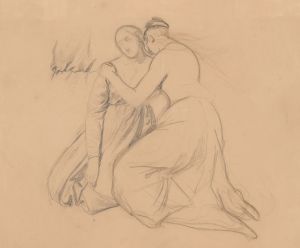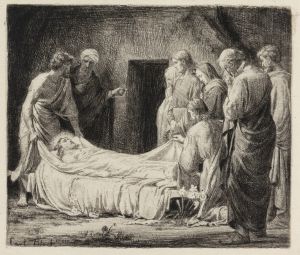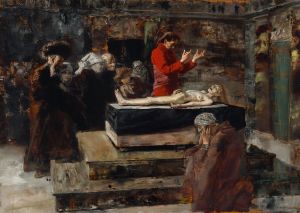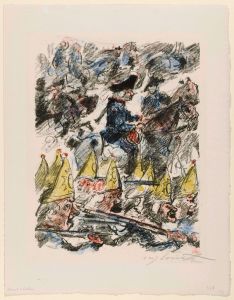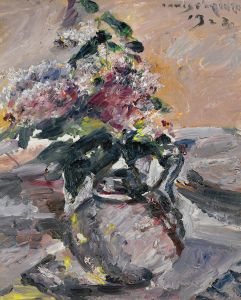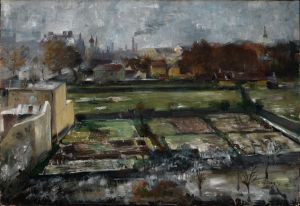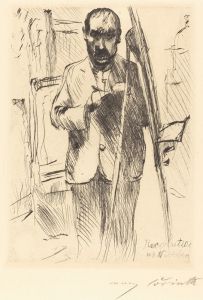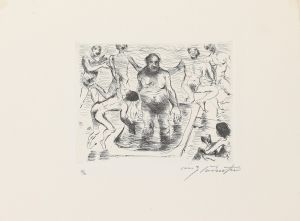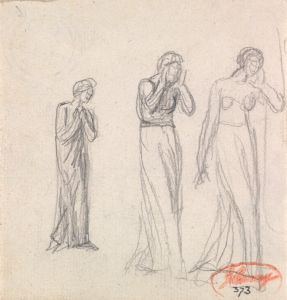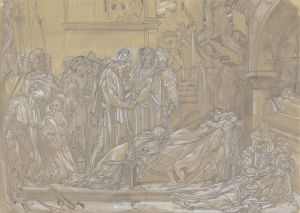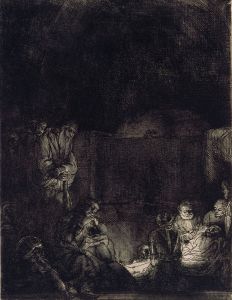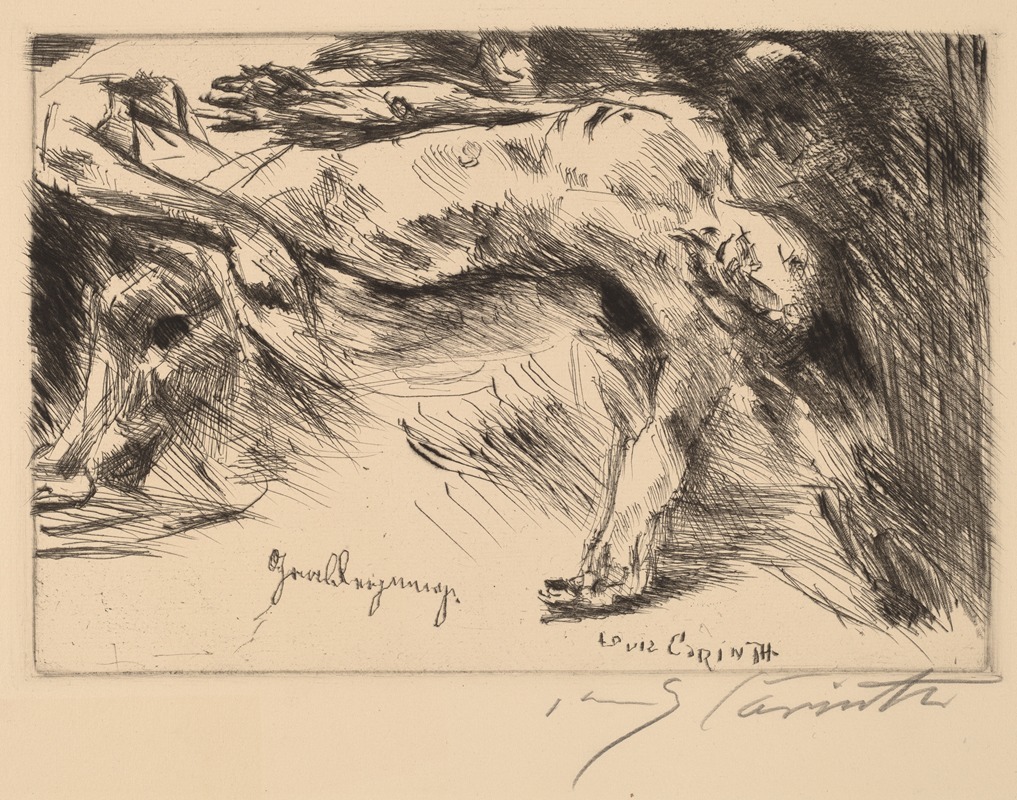
Entombment
A hand-painted replica of Lovis Corinth’s masterpiece Entombment, meticulously crafted by professional artists to capture the true essence of the original. Each piece is created with museum-quality canvas and rare mineral pigments, carefully painted by experienced artists with delicate brushstrokes and rich, layered colors to perfectly recreate the texture of the original artwork. Unlike machine-printed reproductions, this hand-painted version brings the painting to life, infused with the artist’s emotions and skill in every stroke. Whether for personal collection or home decoration, it instantly elevates the artistic atmosphere of any space.
Lovis Corinth's "Entombment" is a painting created in 1895 by the German artist, who is widely regarded as one of the leading figures of German Impressionism and later Expressionism. The work depicts the biblical scene of the entombment of Christ, a subject that has been a recurring theme in Christian art for centuries. Corinth's interpretation of this solemn moment reflects his distinctive style, which blends elements of realism, impressionism, and emotional intensity.
The painting portrays the moment when Christ's body is being placed in the tomb following the crucifixion. Corinth's use of dramatic lighting and bold brushstrokes emphasizes the emotional weight of the scene. The figures in the composition are rendered with a sense of physicality and immediacy, capturing the grief and solemnity of the event. The color palette is dominated by dark, earthy tones, which heighten the somber atmosphere of the painting.
"Entombment" was created during a period when Corinth was exploring religious themes in his work, often imbuing them with a sense of human emotion and psychological depth. This painting is notable for its departure from idealized depictions of biblical scenes, instead presenting the figures with a raw and unvarnished realism. This approach aligns with Corinth's broader artistic philosophy, which sought to capture the complexities of human experience.
Lovis Corinth was born in 1858 in Tapiau, East Prussia (now Gvardeysk, Russia), and studied art in Königsberg, Munich, and Paris. His early works were influenced by academic traditions, but he later embraced impressionist techniques and developed a more personal, expressive style. By the time he painted "Entombment," Corinth was already gaining recognition as a significant artist in Germany.
The painting is housed in the Alte Nationalgalerie in Berlin, Germany, where it remains an important part of the museum's collection. It is considered a key example of Corinth's early work and his engagement with religious subject matter. Over the course of his career, Corinth's style evolved further, particularly after a stroke in 1911, which led to a more expressive and dynamic approach in his later works.
"Entombment" stands as a testament to Corinth's ability to reinterpret traditional themes through his unique artistic lens, blending technical skill with a profound emotional resonance. It continues to be studied and appreciated for its contribution to the development of modern German art.





